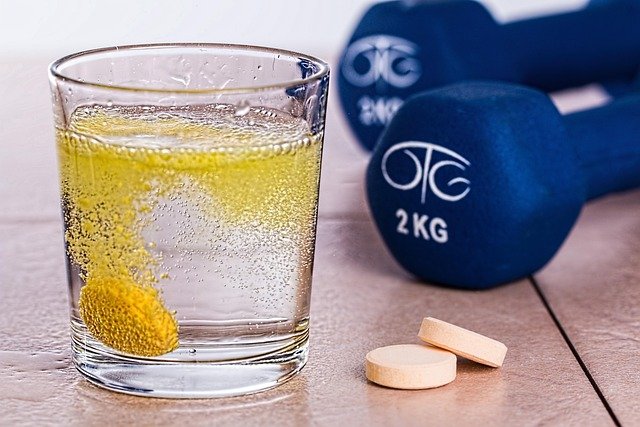Targeted mobility drills for posture and complexion
Targeted mobility drills can support posture and contribute to healthier-looking skin by improving circulation, reducing muscle tension, and supporting recovery. Combining specific movement patterns with hydration, nutrition, and consistent sleep enhances resilience, stamina, and overall wellness. This article explains practical drills, how they tie into strength, flexibility, and toning goals, and daily habits that connect mobility work to clearer complexion and better posture.

How do mobility drills aid posture and flexibility?
Mobility drills aim to restore joint range of motion while encouraging neuromuscular control, which directly supports upright posture. Movements that open the thoracic spine and lengthen tight chest muscles reduce forward-head and rounded-shoulder positions. Incorporating exercises such as controlled thoracic rotations, band-assisted pull-aparts, and scapular wall slides can improve flexibility and joint health. Performing these drills daily with attention to breathing and alignment helps the body maintain better posture during extended sitting or standing, reducing compensatory tension that can impair movement and appearance.
Which drills boost circulation and recovery?
Gentle, flowing mobility work stimulates circulation without overloading tissues, aiding recovery and promoting nutrient delivery to skin and muscles. Examples include hip circles, ankle mobility sequences, cat-cow variations, and slow dynamic leg swings that prioritize control and range rather than speed. Integrating foam rolling or light myofascial release between drills enhances circulation further and can reduce soreness. Improved blood flow supports recovery, helps remove metabolic byproducts, and supports skin vitality by delivering oxygen and nutrients necessary for cellular repair.
How do hydration and nutrition affect complexion?
Hydration, balanced nutrition, and sleep are foundational to skin health and interact with mobility work. Staying hydrated supports circulation and maintains skin turgor, while a diet with adequate protein, healthy fats, and antioxidants supports collagen synthesis and cellular resilience. Post-exercise protein and carbohydrate intake help recovery and reduce inflammation; omega-3 fats and vitamin-rich foods support skin barrier function. Combined with mobility work that reduces mechanical stress and improves circulation, these habits create an environment where complexion and tissue tone are more likely to improve over time.
Can mobility improve strength and endurance?
When mobility training is complementary to strength and endurance work, it enhances movement efficiency and reduces injury risk. Improved joint range allows muscles to operate through fuller lengths, which can increase effectiveness of strength training and contribute to better stamina. Exercises such as loaded carries with scapular stability cues, controlled deep squats to work hip mobility under load, and progressive single-leg balance drills build resilience while preserving flexibility. Consistent mobility paired with progressive strength training supports toning, functional capacity, and sustained endurance during daily activity.
What routines support toning and wellness?
Balanced routines combine mobility, strength, and aerobic elements for comprehensive wellness. A sample session could include a 5–10 minute mobility warm-up (neck, thoracic spine, hips, ankles), 20–30 minutes of resistance or bodyweight work focused on major muscle groups, and finishing with controlled stretching and breathing for recovery. Regular sleep and measured progression in volume protect recovery and facilitate consistent gains in toning and circulation. Small, consistent sessions spread across the week often produce better lasting posture and body composition changes than infrequent intense workouts.
How to integrate mobility with skincare habits?
Integrating mobility with skincare involves timing and mindful habits rather than direct product claims. Perform mobility drills earlier in the day or before showering when increased circulation can support skin cleansing and absorption of topical products. Avoid vigorous face rubbing during exercise; instead, use a clean towel and rinse sweat promptly to reduce pore clogging. Prioritize post-exercise hydration and gentle facial cleansing, followed by barrier-supporting moisturizers if appropriate. Combined with consistent sleep, balanced nutrition, and reduced chronic tension through mobility work, these practices support complexion and overall wellness.
Conclusion
Targeted mobility drills are a practical component of a broader approach to posture and complexion. By improving circulation, joint range, and muscle balance, mobility work complements strength, endurance, and recovery strategies while supporting healthy skin indirectly through improved blood flow and reduced mechanical stress. Consistent, measured practice combined with hydration, nutrition, and restorative sleep creates conditions for steady improvements in posture, toning, and skin resilience without relying on quick fixes or unsupported claims.





